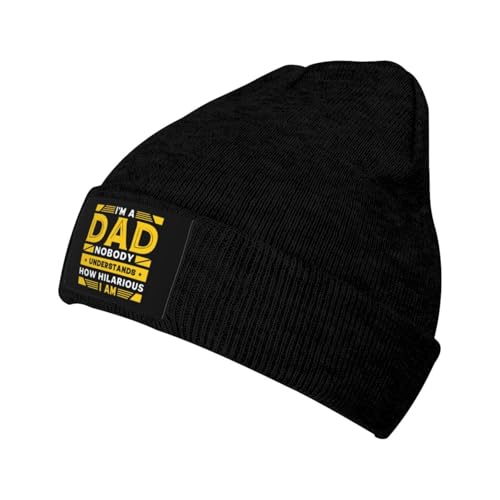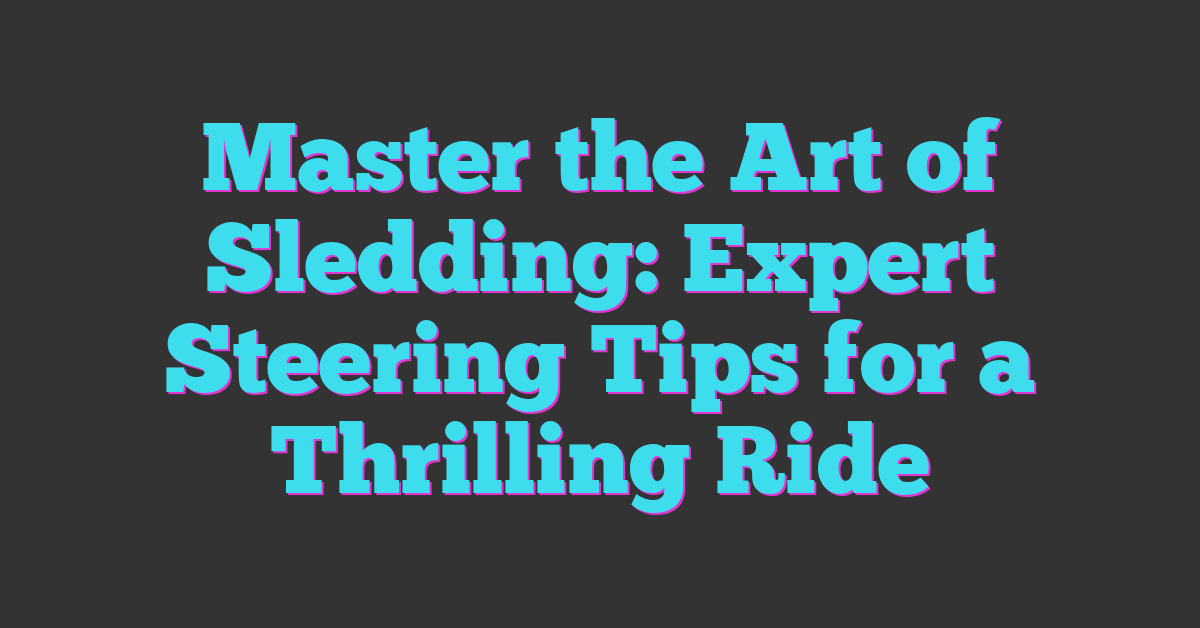Snowboarding is all about quick moves and smooth transitions. To truly enjoy the ride and tackle any terrain, you need agility. Building your agility not only helps you stay balanced but also boosts your confidence on the slopes.

Whether you’re just starting out or looking to sharpen your skills, improving your agility can make a big difference. With the right exercises and techniques, you’ll find yourself reacting faster and carving cleaner turns in no time. Ready to take your snowboarding to the next level? Let’s dive into how you can build that crucial agility.
Understanding Snowboarding Agility
Mastering snowboarding agility sharpens your control and fluidity on the mountain. Knowing what agility means and what it involves lays the groundwork for improving your ride.
Definition and Importance
Snowboarding agility means your ability to quickly shift direction, maintain balance, and react to changing terrain. It directly affects how smoothly you link turns and tackle obstacles. Better agility keeps you poised and adaptive, letting you ride more confidently and push your limits safely.
Key Components of Agility in Snowboarding
- Balance and Stability: Staying centered over your board, especially when landing jumps or carving tight turns.
- Coordination: Synchronizing your arms, legs, and core to move fluidly and efficiently.
- Reaction Time: Responding instantly to uneven snow, sudden bumps, or unexpected changes on the trail.
- Flexibility: Bending and twisting to absorb shocks and maintain control without stiffness.
- Strength and Endurance: Supporting your body through long runs and technical maneuvers without fatigue.
Understanding these elements helps you target specific areas during training to build the agility that makes your snowboarding sharper and more enjoyable.
Physical Conditioning for Agility
Building snowboarding agility starts with targeting your physical conditioning. You focus on exercises that enhance strength, flexibility, and mobility to move more fluidly on the board and adapt to varying snow conditions.
Strength Training Exercises
You develop lower body muscles crucial for quick turns and stable landings by performing squats, lunges, and deadlifts. You engage your core with planks and Russian twists to maintain balance amid rapid shifts. You boost overall power and endurance through plyometric drills like box jumps and bounding, which sharpen your explosive movements for carving and jumps.
Flexibility and Mobility Routines
You improve your joint range of motion and reduce injury risk by incorporating dynamic stretches like leg swings and hip openers into your warm-up. You maintain fluid movement on uneven terrain through yoga poses such as downward dog and pigeon pose, which enhance hip and spine flexibility. You adopt foam rolling and mobility drills regularly to release muscle tightness and increase your reactive agility for quick direction changes.
Balance and Coordination Drills
Improving your balance and coordination sharpens your snowboarding agility. Focus on drills that challenge your body to stay controlled while adapting to rapid changes, both on and off the snow.
On-Snow Techniques
Start with carving practice on gentle slopes to fine-tune your weight shifts and edge control. Link smooth, short turns to test your balance under dynamic conditions. Experiment with switch riding to enhance coordination by forcing your body to adapt to unfamiliar stances. Try riding over small rollers or uneven terrain to engage stabilizer muscles and boost proprioception. Incorporate quick stops and starts, shifting your weight forward and backward to build reactive balance. These techniques condition your body to adjust instantly to slope variations and terrain changes.
Off-Snow Practice Methods
Carry balance training into your daily routine with tools like balance boards, BOSU balls, or wobble cushions to simulate unstable surfaces. Use single-leg stands and dynamic movements such as lateral hops or side lunges to increase muscle control. Include coordination-focused activities like agility ladder drills or cone drills to develop footwork and timing. Perform exercises that combine balance and hand-eye coordination, such as catching medicine balls while standing on one leg, to mirror the multitasking your body manages on a board. Regularly practicing these drills strengthens the neural pathways that improve your reflexes and body awareness when riding.
Agility Equipment and Tools
Using the right equipment boosts your agility training for snowboarding. These tools target balance, coordination, and quickness, helping you master the slopes faster.
Balance Boards and Trainers
Balance boards and trainers sharpen your stability and control by mimicking the unpredictable movements you face on snow. You can use wobble boards or rocker-boards to strengthen ankle and core muscles. Regular sessions improve your ability to stay centered during quick turns or landings. Balance trainers make you accustomed to slight shifts in weight, crucial for navigating uneven terrain or switch riding.
Resistance Bands and Cones
Resistance bands build explosive power and mobility, reinforcing muscles essential for swift direction changes. Use lateral walks or leg presses with bands to enhance hip strength and flexibility. Cones set up agility drills to refine your reaction time and footwork speed. Drills involving quick sprints around cones sharpen your ability to respond instantly to variations in the slope, helping link smooth turns and dodge obstacles. Combining these tools builds well-rounded, sport-specific agility for confident snowboarding.
Tips for Progression and Safety
Building snowboarding agility requires steady progression and smart safety practices to keep your sessions effective and injury-free.
Gradual Skill Advancement
Start with basic movements and master them before moving to complex drills. Focus on clean turns, controlled stops, and smooth transitions on easy slopes. Increase difficulty by adding switch riding, tighter turns, and varied terrains only after confidence grows. Challenge yourself with plyometric exercises and balance drills off the snow, but keep intensity moderate to avoid overtraining. Track improvements in reaction time and balance to know when you’re ready for advanced agility work. Consistent practice combined with measured progression boosts skill without risking burnout.
Injury Prevention Strategies
Prioritize warming up with dynamic stretches that target hips, knees, and ankles to prepare muscles and joints for intense movement. Incorporate flexibility work regularly to maintain range of motion and reduce strain. Use protective gear—helmet, wrist guards, and knee pads—to shield vulnerable areas during falls. Listen to your body and rest when soreness or fatigue appears to prevent overuse injuries. Always practice controlled landings and maintain proper form during jumps and turns to lessen impact stresses. Staying mindful about injury prevention supports long-term enjoyment and steady agility development on the slopes.
Conclusion
Building your snowboarding agility is a game-changer for how you experience the slopes. With consistent practice and the right exercises, you’ll notice smoother turns, quicker reactions, and greater confidence in your riding.
Remember to listen to your body and progress at your own pace. Staying safe while pushing your limits makes every session more rewarding and fun.
Keep challenging yourself with new drills and enjoy the feeling of mastering your moves. Your agility will open up new possibilities and make every run more exciting.














